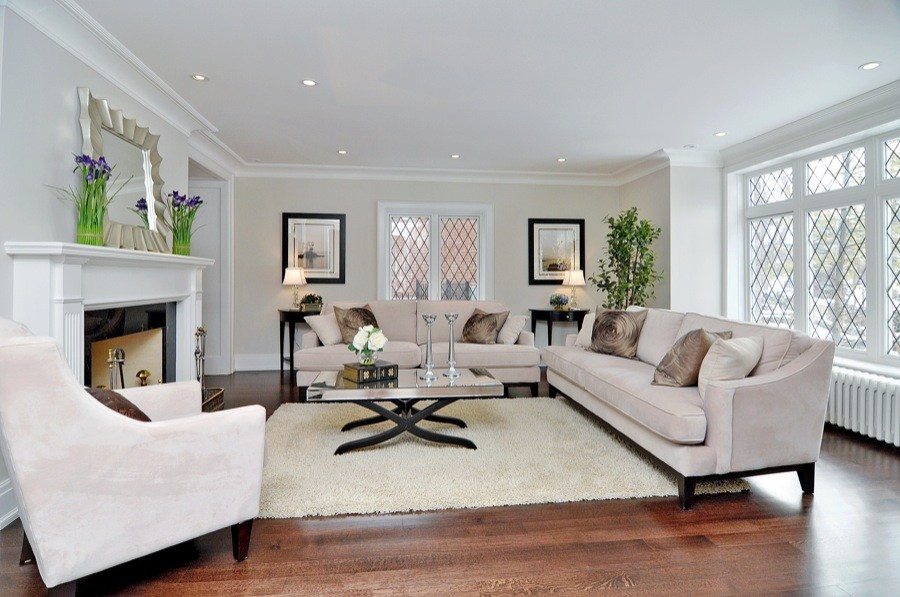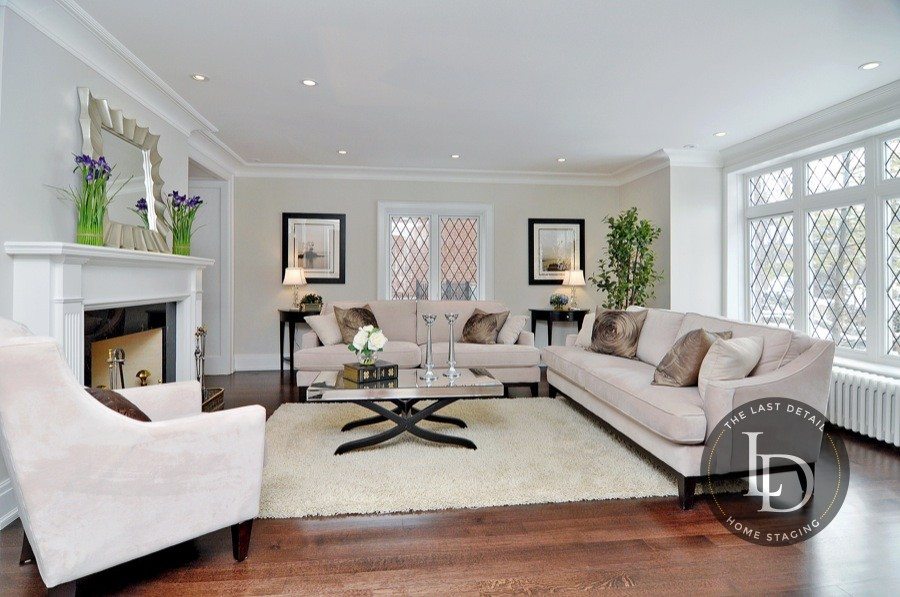
Living room in a home on Ormsby, Forest Hill
This newly renovated Forest Hill home, has top of the line features. We staged it in the first week of January 2011, and it sold in the beginning of February, 2011. A tastefully staged home, is much more appealing to home buyers.
Even if they know its staged, it helps them get an idea of layout, and size of rooms. Making their decision to purchase, that much easier.
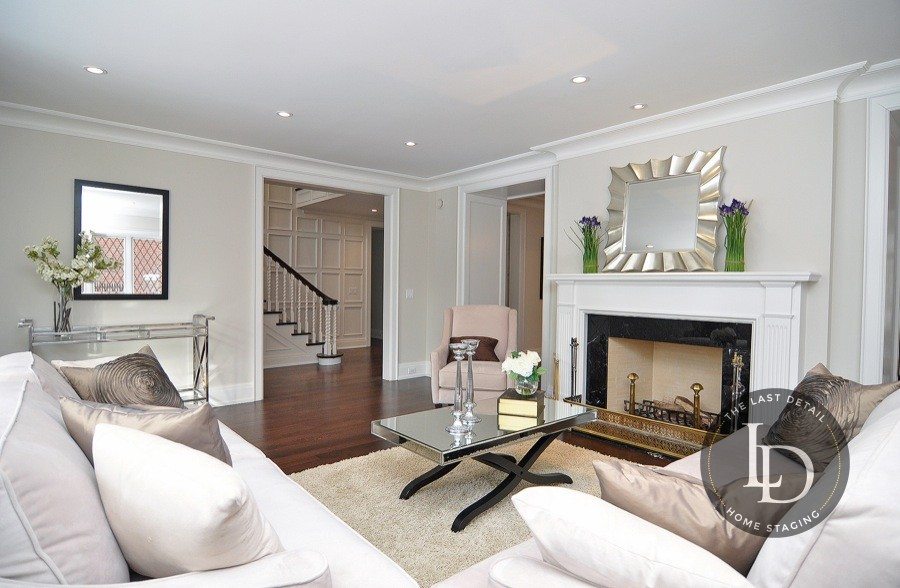
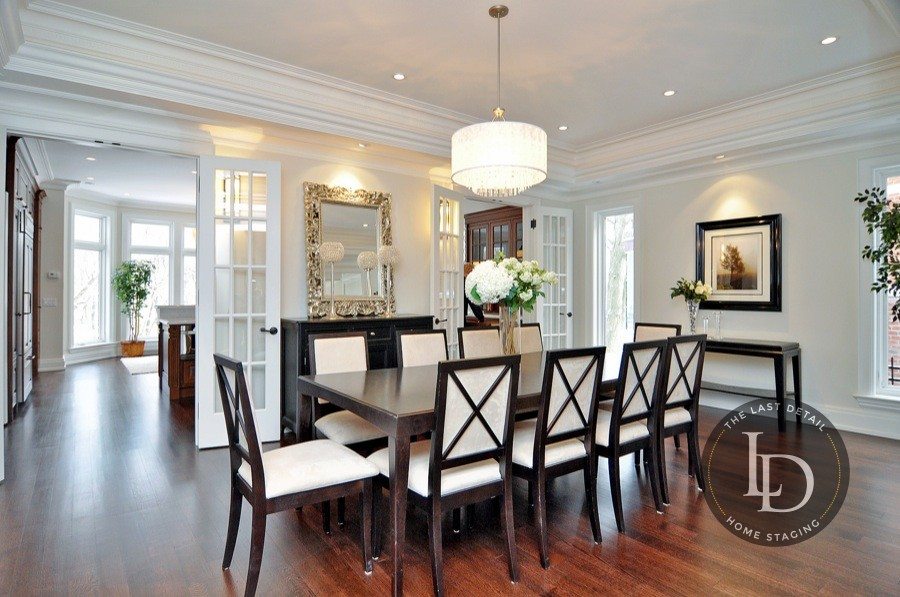
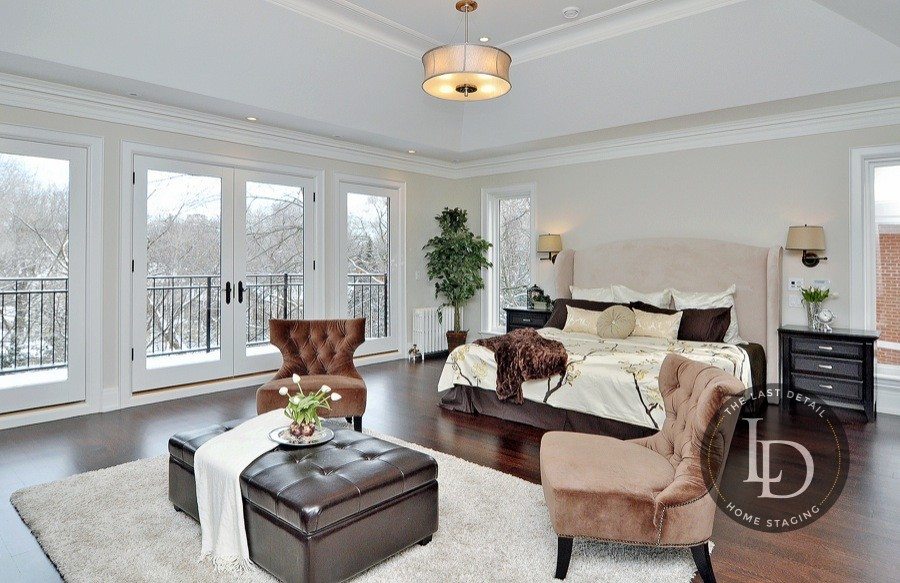

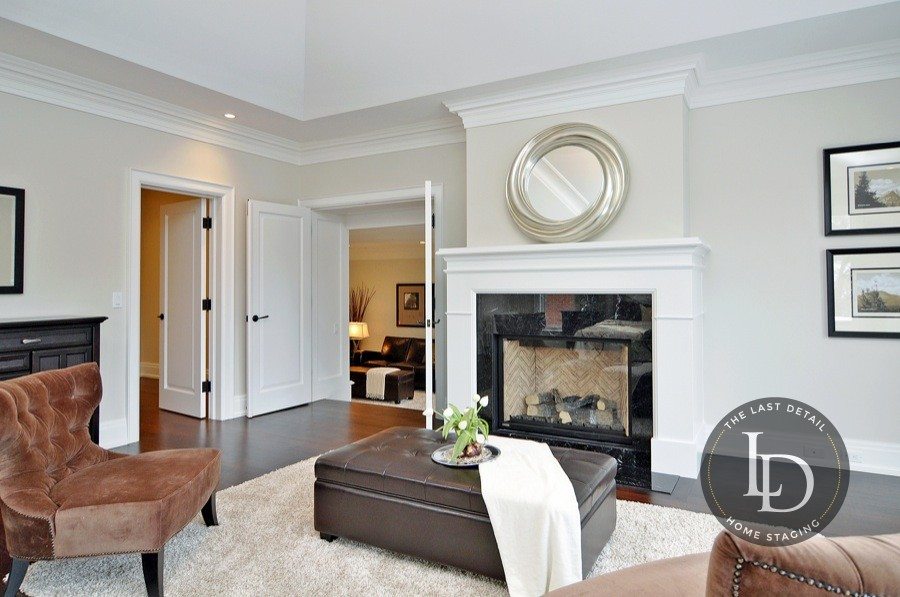

A bit about Forest Hill…
One of the last two villages to be annexed by the City of Toronto in 1967, Forest Hill is among the city’s most prestigious neighbourhoods. It is characterized by gently sloping hills, winding roads, large brick and stone homes on spacious lots, and numerous quaint parks. Forest Hill’s old building codes and by laws, dating back to the 1920′s and 30′s, required that all Forest Hill houses be designed by an architect, and that a tree be planted at the front of each property; leaving a legacy of beauty that enhances its reputation as one of Toronto’s three wealthiest and most exclusive communities.
Many of Forest Hill’s specialty shops and boutiques are located in an enclave near Spadina and Lonsdale Road. This area has the appeal of cozy village shopping, and caters to the needs of the affluent locals. Along with outstanding public schools, two of Canada’s most prestigious private schools are located within Forest Hill’s boundaries of Briar Hill Avenue, Heath Street, the Cedarvale Ravine and Avenue Road: Upper Canada College for boys and Bishop Strachan School for girls. The Allen Expressway is easily accessed from Eglinton Avenue West, and Forest Hill is well served by TTC buses that wind through the neighbourhood.
Forest Hill History:
Settled since the 1860′s, Forest Hill was originally incorporated as a village in 1923, taking its name from the summer home John Wickson built at the junction of Eglinton Avenue and Old Forest Hill Road; previously the neighbourhood had been known as Spadina Heights (a name that stuck well into the twentieth century and whose school district area still defines the boundaries of this community). Spadina is a derivative of the First Nations word “Ishapadenah”, which means a hill or sudden rise in land. The Forest Hill Town seal depicts a deer, and is etched in the window crown over the entrance to the Forest Hill Fire Station.
Prior to World War II, Forest Hill’s population was predominantly made up of wealthy Anglo-Saxon Protestants, though synagogues such as The Holy Blossom Temple and Jewish schools were already being built to serve its Semitic community. During the 1940s and 50s, many upwardly mobile Jews moved north from the Bathurst-Spadina area of Toronto into Forest Hill. Today Forest Hill, whose population was one-quarter Jewish according to the 2001 census, has many businesses, synagogues, kosher eateries and grocery stores along Eglinton Avenue West catering to this significant community, as well as a wide variety of other stores and restaurants to suit every taste and budget.
In the late 1960s, Toronto planned to construct a highway that would run from Highway 401 to downtown Toronto via the Cedarvale Ravine and Spadina Road. The proposed route would bisect the heart of Forest Hill and the Annex and cause the demolition of dozens of local homes. As the city began construction, local residents protested and successfully focused public opinion against the expressway. In 1971, the province withdrew its support for the Spadina Expressway, defeated by the powerful citizens’ force. By then the neighbourhood had already been annexed by the City of Toronto, and it is interesting to note that as part of the annexation deal, residents retained the right to have their garbage picked up from their doorsteps rather than the curb. By 1993, this “butler service” was costing taxpayers $420,000 a year, and once this fact became known, the special garbage pick-up was discontinued due to the public outcry that followed.
Currently, for the purposes of social policy analysis, political representation and research, the City of Toronto’s Social Development & Administration division splits Forest Hill into two neighbourhoods: Forest Hill North and Forest Hill South. This can be confusing, as the entire area known as Forest Hill Village is also subdivided into two more categories: The Upper Village, officially part of Forest Hill North and running roughly from Briar Hill Avenue to Heath Street, and the Lower Village, officially the major part of Forest Hill South along Spadina Road between Bathurst Street or the Cedarvale Ravine (whichever is further east) and Avenue Road. The designations “Upper” and “Lower” are based on elevation rather than on their positions on a map.
Forest Hill Homes:
The streets of Forest Hill ooze tradition and have an identity all of their own, distinguishing the neighbourhoods from other bastions of wealth like Rosedale or Post Road. Though the Forest has long been replaced by luxury residences, the Hill remains to represent this prosperous enclave. The neighbourhood is situated on prime real estate and housing prices reflect that, although rentals are still a fairly affordable option. In 2007, the average sale price for a Forest Hill South home was $4,320,000. Recently a 6 bedroom, 6 bath 10,000 square foot home on a landscaped corner lot, replete with designer kitchen, library, walnut, cherry and oak paneling, soundproofed den, exercise room and home spa, had a price tag of $5,550,000. Another estate at 8 Old Forest Hill Road was purchased in early 2008 by Melinda Rogers of Rogers Communications for more than $2-million over the $9 million asking price. The stately stone home, which sits on a 360 foot lot, has 15 renovated rooms as well as a pool, circular driveway and coach house, and is just down the road from the late family patriarch Ted Rogers’ home. Other famous neighbors include Grammy Award-winner Nelly Furtado and gold baron Peter Munk, founder of Barrick Gold Corporation.
The Upper Village houses were built mostly in the 1940′s and 50′s, and are more modest than their impeccably designed Lower Village counterparts, though the lot sizes are comparable (40 foot lots are common) and the streets are still well shaded. Many homes have been, or are in the process of being, significantly renovated, with some being torn down completely to make way for monster ‘neo-classical’ homes. Dominated by Tudor and Georgian styles, Forest Hill homes also come in everything from French Colonial with terra cotta tiles to English country manors with sweeping lawns. Luxurious details such as sculpture gardens, porte cochères and imposing gated entrances are quite widespread. Forest Hill also contains a fair number of luxury condominium buildings, located west of Spadina on Lonsdale Road near the boutiques and shops that cater to the specific needs of Forest Hill’s affluent residents.
Within Forest Hill is a smaller community known to locals as Cedarvale. Homes in Cedarvale are slightly smaller than in Forest Hill, and the ravine that cuts through the neighbourhood is a source of local pride.
Inside Forest Hill
Although the population of Forest Hill is lacking in the type of racial diversity found elsewhere in Toronto (the results of the 2001 census showed that 90% of the population was white), visible minorities are steadily moving into this neighbourhood.
Forest Hill is one of Toronto’s prettier districts. Its diverse, undulating topography showcases numerous green pockets that add charm to the neighbourhood, and for serious fitness and recreation enthusiasts, the Belt Line is a popular 14.5 kilometre nature and fitness trail running along the north of the neighbourhood and following the path of the old Belt Line Railway, which was Toronto’s first commuter train. Forest Hill Road Park is part of the Kay Gardner Beltline Trail, ringing Forest Hill with stunning green scenery. Beautiful architecture is evidenced in everything from the neighbourhood’s numerous walk-up apartment buildings, to the Upper Canada College clock tower on Avenue Road which is symbolic of one’s approach into Forest Hill.
The Lower Village was completely developed by the 1930′s and is known for its small, intimate shopping and dining district at Spadina and Lonsdale, where locals favour the impressive weekend brunch at the Hope Street Café. The Lower Village has attracted extensive residential development (especially of apartments), while the Upper Village, slower to develop as a residential area due to its industrial and railway roots, now bustles with restaurants along Eglinton Avenue West such as Frida, offering fine Mexican fare and Sotto in the Village, an Italian bistro. House of Chan at Bathurst and Eglinton, is well known for its delicious steak and fresh seafood.
Forest Hill Collegiate enjoys a reputation for scholastic excellence, as does the neighbourhood Montessori School. One of the country’s most prestigious schools – Upper Canada College – is within the Forest Hill boundaries, as is the consulate of Republic of Serbia. Forest Hill’s Public Library and the local community centre host a myriad of programs for adults, children, and preschoolers. Many area homes are conveniently located within walking distance of Davisville or Eglinton subway stations. Numerous bus routes meandering through the neighbourhood connect passengers to the subway, encouraging residents to leave the car at home and avoid all the one-way streets! Motorists find the Allen Expressway easy to access from Eglinton Avenue West.
For big box shopping, local residents go to Fortinos at the Allen Road and Lawrence Avenue, the Metro at Bathurst and Lawrence, or the Loblaws at St. Clair and Bathurst. Clothing and home décor shops as well as pricey specialty boutiques can also be found along Eglinton Avenue West. Yorkdale Shopping Centre just north of Forest Hill, was one of Canada’s first suburban malls and has been revitalized, with major retail chains improving their décor and increasing their square footage, plus a gleaming movie theatre. The Yorkdale subway station on the Spadina line makes for easy access to and from Forest Hill.
Local synagogues offer extensive religious services and programming, adult and teen education classes, and opportunities for charitable work with the city’s needy, while the Bathurst JCC in Bathurst Manor also serves this neighbourhood as a meeting place and fitness centre. The latest in big-screen entertainment is offered by two movie theatres at Yonge and Eglinton – Canada Square and Silvercity Yonge & Eglinton, both interconnected by a mall offering a wide range of chain retailers, professional services, a food court, a grocery and a pharmacy. Those fortunate denizens of Forest Hill enjoy very comfortable living close to amenities that reflect their lifestyle and values.
